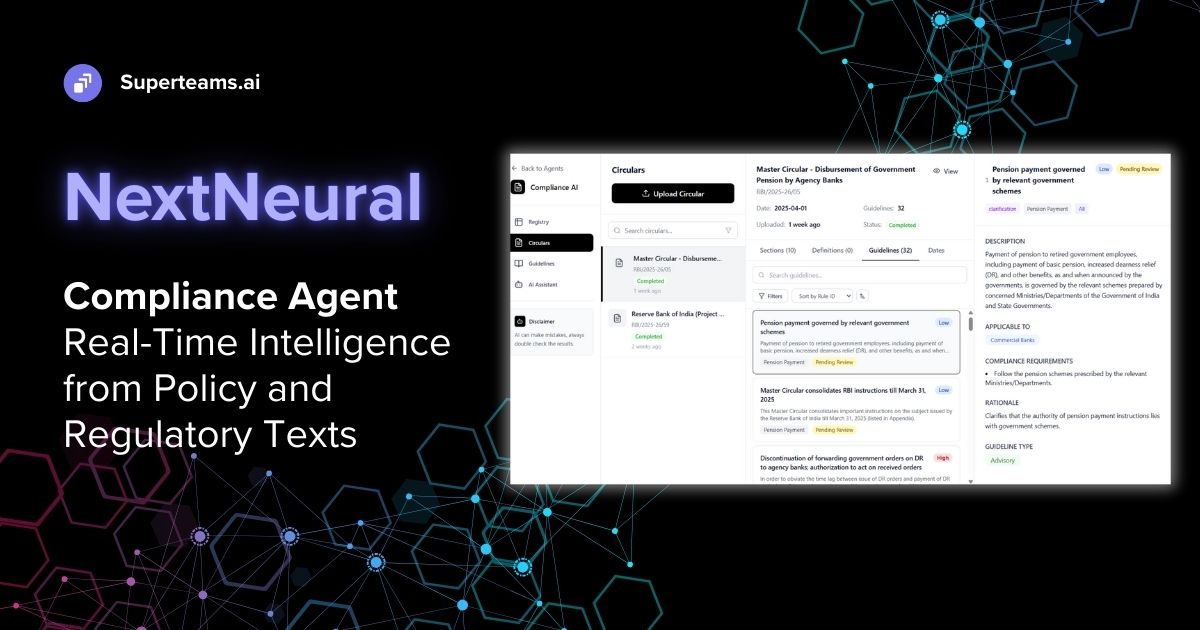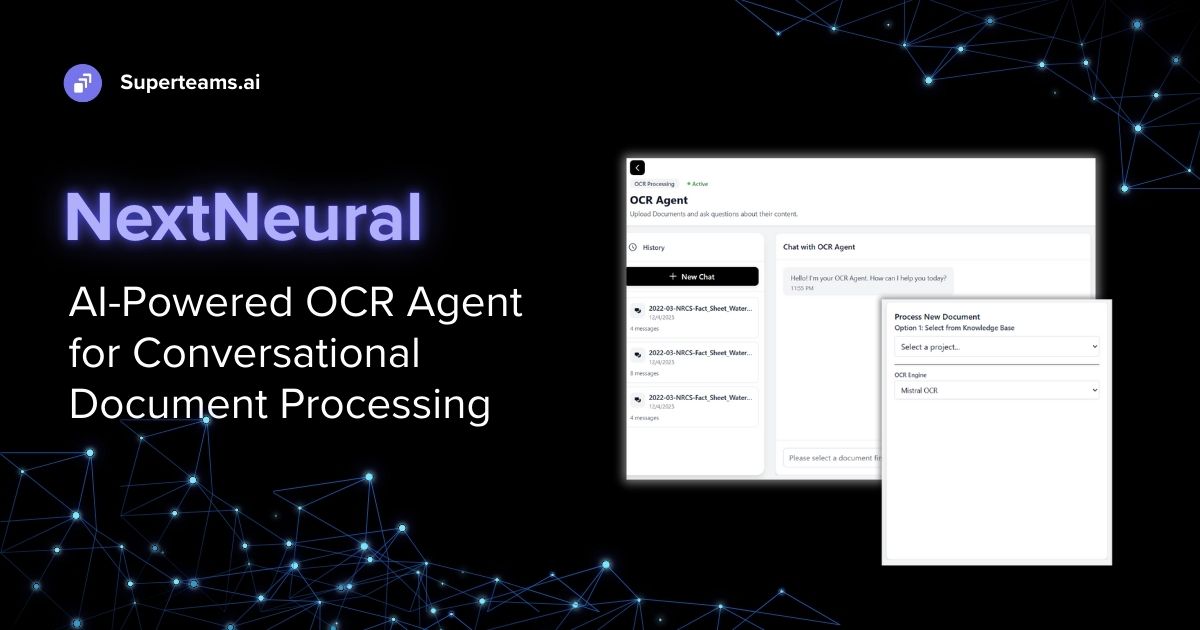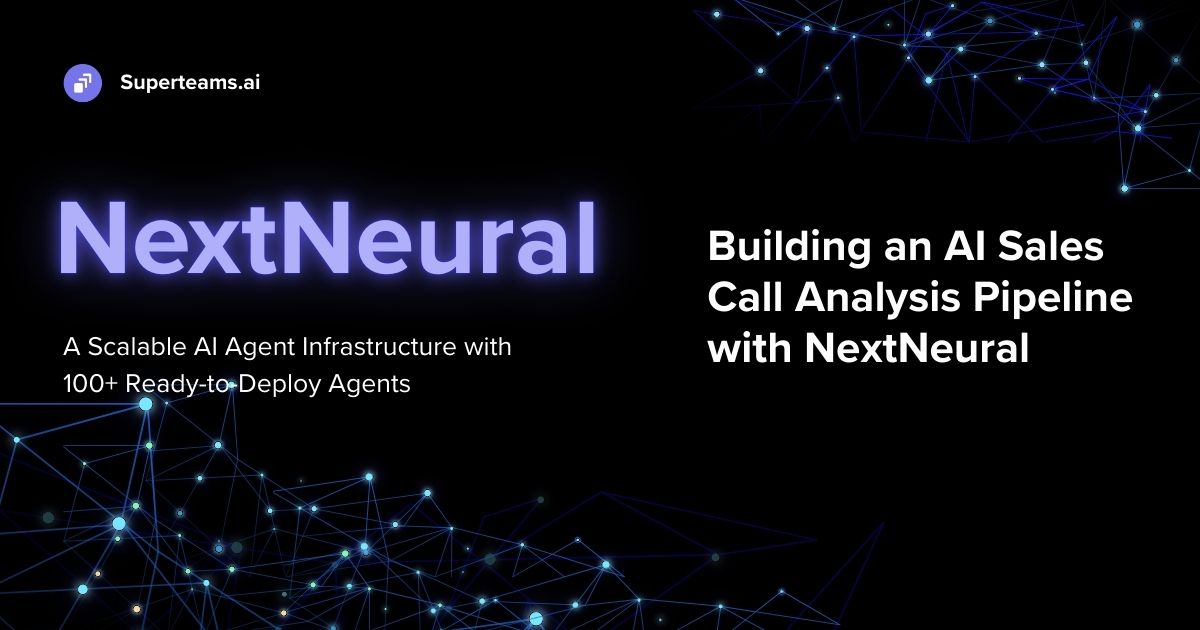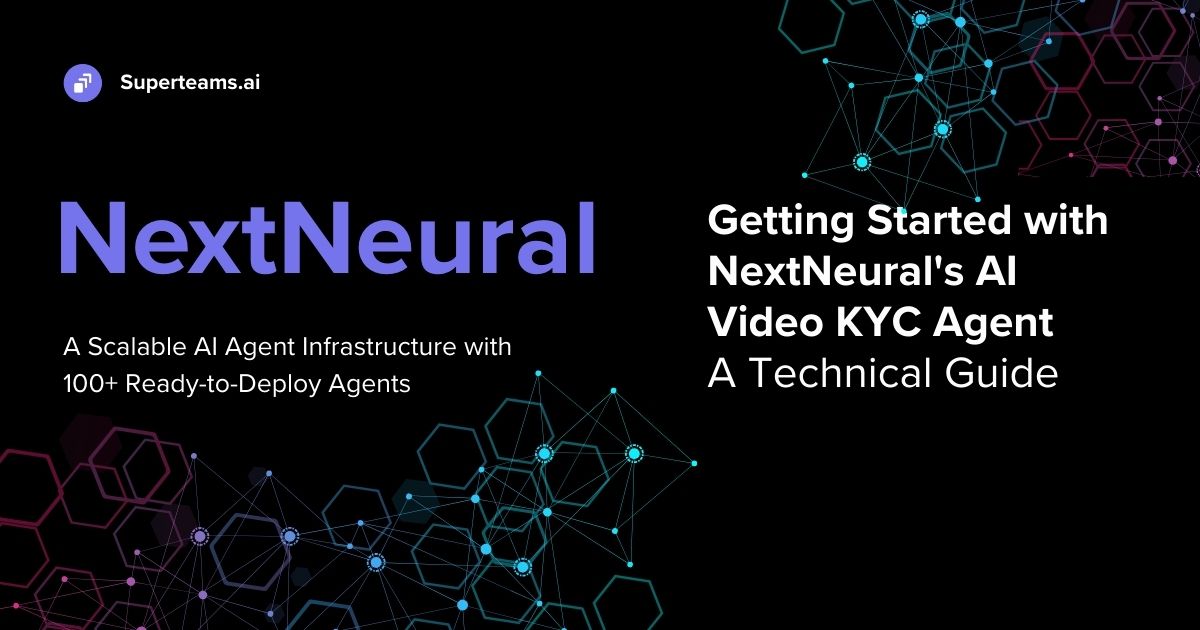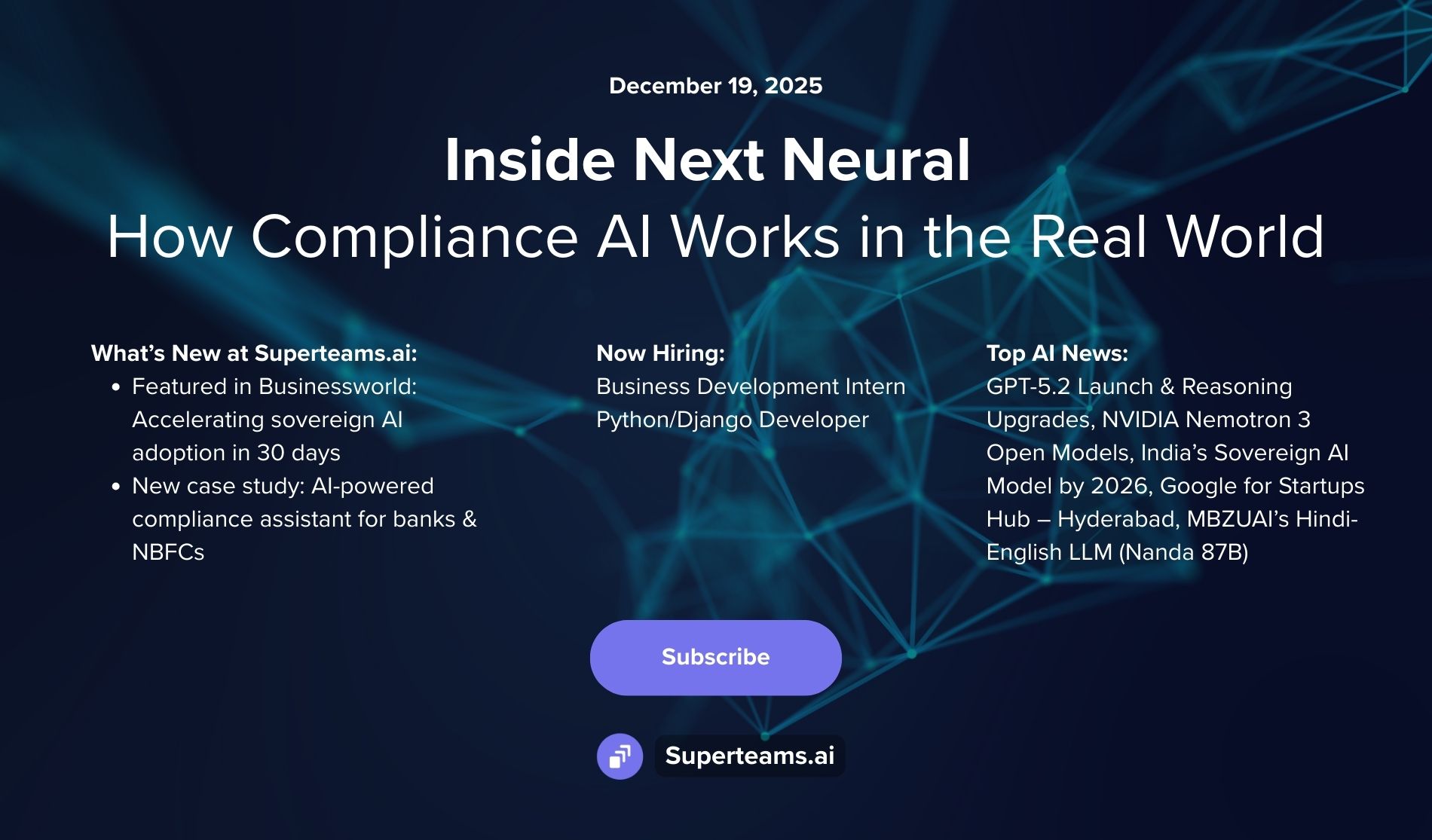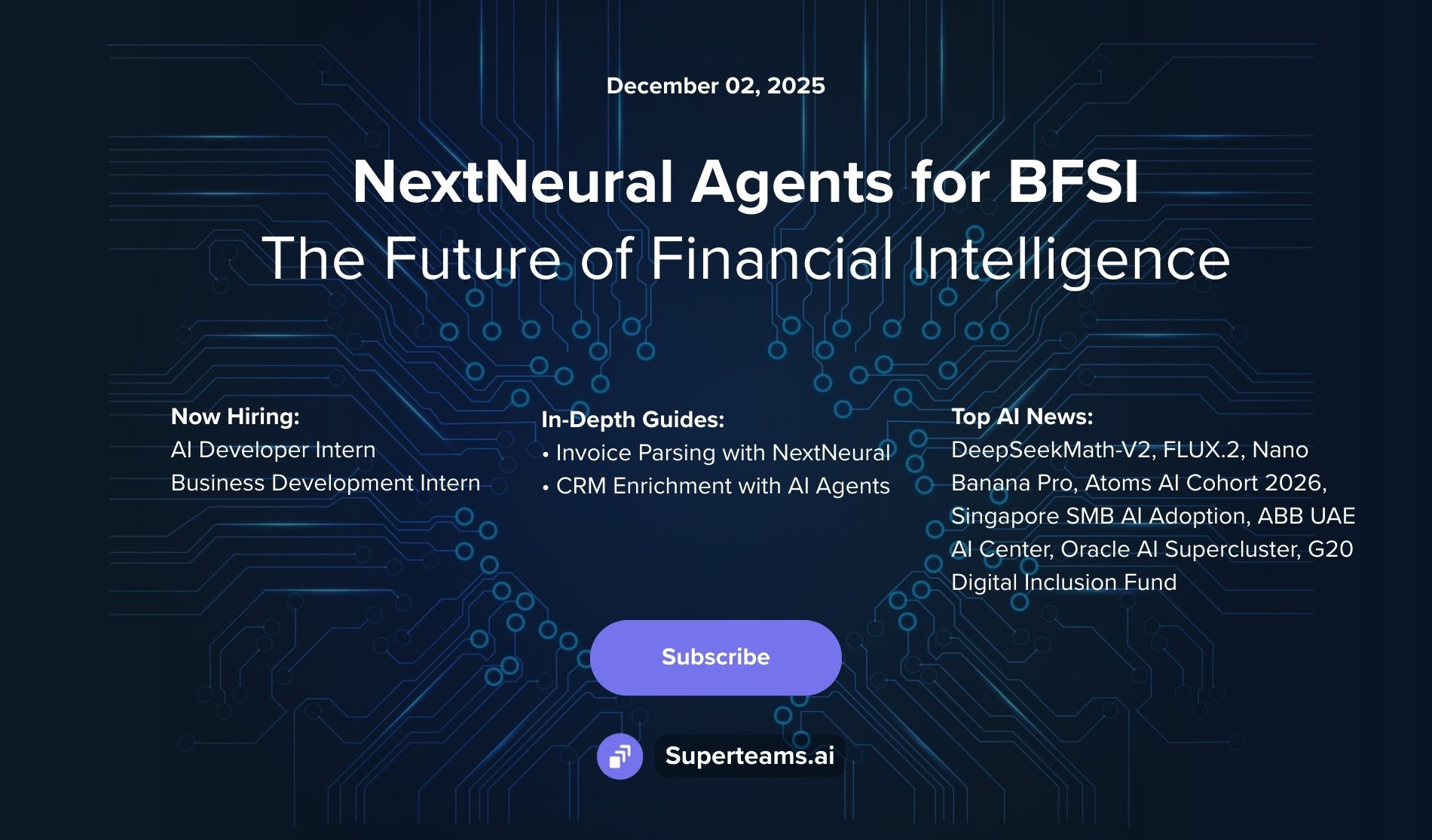ChatGPT Vs Content Writers: AI’s Role in the Future of Writing
Are AI-powered writing tools going to replace content writers? Or, can writers use generative AI to improve their own productivity?

AI is advancing at breakneck speed. Yes, we’re talking about Open AI’s ChatGPT. Competing with it is Google who has introduced Bard. Microsoft has simultaneously launched AI-powered Bing. The jury’s out on what this means for content writers. Are AI-powered writing tools going to replace content writers? Or, can writers use generative AI to improve their own productivity?
Before we dive deeper into this question, let’s take the example of Grammarly. Grammarly’s Writing Assistant helps writers to copy-edit and proofread long-form textual content, yes. But it has not replaced editors and proofreaders. It’s done quite the reverse, in fact - it has aided editors to clean up texts.
Every new technology is created to improve the efficiency of its users. AI is no different. Generative AI can be a potent tool for content writers to improve efficiency and reduce time on repetitive tasks. If used correctly, AI can combat writer’s block, structure articles better, increase productivity, and help meet deadlines more quickly. As we continue talking about ChatGPT vs Content writers do check out our blog on 'Top 11 AI Assistants for Content Writers in 2023'
Use AI Copywriting Tools to Your Advantage
Using AI content writing tools may save you time on repetitive tasks, help with time management and boost productivity.
Improve Productivity
How? Jobs that require repetitive writing can be automated with the help of AI. This can reduce the turnaround time for writing articles and blogs from scratch, thus enhancing the productivity of writers. Creative content developers can utilize this time to write content that’s fun, quirky and more personalized.
Write Product Descriptions
Using AI to do boring tasks like product descriptions will leave you free to focus on more demanding tasks like ideation and marketing. If you are a marketer with many different roles, you can implement an AI content writer to help with areas like creating meta titles and meta descriptions.
Overcome Writer’s Block
AI content writing tools can save you from the dreaded ‘writer’s block’ that every writer experiences at some point. Whether you need help brainstorming ideas or generating some content, an AI blog writer tool can help you get going again.
Structure Blogs
Use AI as a rough first draft, then modify articles with your unique voice and tone; integrate it with plenty of your own content, add stats, and quotes.
The most important thing you need to understand about AI content is that it’s never supposed to be the finished product. It’s a starting ground.
Is There a Glass Ceiling to AI Writing?
There are a bunch of free and paid AI tools out there, like Copy.ai, Wordtune, Quillbot.ai, Wordsmith, Writesonic and so on - which writers can use to their advantage. But what these tools lack is what we humans have - context, the personal touch, and in-depth product knowledge.
Make no mistake - AI tech is super impressive. They can produce logical long-form copy that one can often mistake to be a human’s - but look more closely, and you can gauge that it’s not original. AI copywriting tools are ‘fed’ articles and content written by human copywriters and essentially mix them up to create something new. But just because it’s ‘new’ doesn’t mean it’s original.
What’s more, current AI tools can’t replicate human emotion. Why is this a drawback? Because emotion and empathy matter in any content writing. Feelings influence buying behavior more than any other variable - so when a content writer adds a personal touch, it makes all the difference.
So, while AI tools are great for bulk projects, you might not find an AI content generator helpful for crafting those more emotive posts that need a personal touch and creative thought.
Creativity Is the Key Differentiator
The human touch in content writing matters.
Transformer neural networks are statistical machines designed to predict the next word. And some are unable to access real-time information from the web. So auto-generated copy can appear formulaic, making it difficult to stand out from competitors. Human input and creativity are required not only to prompt the machine but to produce content that’s impactful and memorable.
What you as a content writer can bring to the table are unique perspectives and new information that’s not already available on the internet. You can rely on your expertise on specific topics and unique life experiences to bring innovative ideas and new information. You’re also in a better position to stay updated with the latest developments in your industry.
Remember, you as a human writer still have an edge when it comes to understanding people's emotions and motivations and tailoring writing to meet their needs. You can take advantage of this skill by developing a keen understanding of your readers’ wants, needs, and desires. By learning everything you can about them, you can craft content that speaks to their interests, answers their questions, and solves their problems. This helps you create content that resonates with your target audience and builds a strong connection between them and your writing.
Spam Alert
Using this technology, some companies can engage in forging negative reviews of their competitors' products or filling the web with AI-generated spam. This is not an invention of AI, but it can be done at a greater scale than before because of it.
In such a scenario, your personalized essay or whitepaper or thought leadership article will stand out from amongst the crowd and reap SEO benefits.
What If Generative AI Could Write Like Shakespeare One Day?
Even if a computer is developed with the writing level of a modern Shakespeare, we still have to direct it towards what we want it to write about. In other words, there is still an element of human-machine interaction. You need to direct the model to express what you intend to say, you need to supervise the AI.
A calculator is essential for solving algebraic equations. But without you, the human, how does it know which equations to solve? AI for writing is very similar. Imagine you tell the machine to write about a new product. How will the AI know the unique features of the product? Should it, for example, write about the user interface or the manufacturing USPs?
Also, while the best AI chatbots can generate coherent sentences and plausible-sounding arguments, they can be inaccurate - and that’s one of the biggest problems with tools like OpenAI’s ChatGPT. Although an experienced writer can also make some mistakes, the key is to take your time to fact-check your writing before publishing it. You can achieve this by consulting experts in your field or verifying information from reputable sources.
We Will Always Prefer to Read What Real People Have Written
As humans, we have an intrinsic desire to follow, read and consume content from other humans - not from machines. If machines can write like humans, human readers will find ways to authenticate human writers, because who wants to read an opinion piece by a bot?
Our preference to read from real people might make the writer an irreplaceable part of the process, regardless of technological barriers.
AI’s Role in the Future of Writing
The takeaway? AI won’t replace writers, but, like with any other new technology, writers who use AI will replace writers who don’t.
An AI blog writer tool or content generator can support your writing efforts, but they’re not a substitute for human content creation. Just think of them as another useful add-on to your brand building toolbox.
The good news is - if AI does the mundane work, we content writers can be free to have fun with our writing! We can shift from content generation to more strategic tasks like curation, optimization, fact-checking and directional input.
AI writing technology is here, and it’s here to stay. Once we get over the initial urge to cling to our previous working habits, we can start to open up to the wonderful possibilities these tools have to offer. Superteams.ai gives a platform for content writers to generate creative ideas along with a technology blend if you are looking for a role to be placed click here to find out more https://www.superteams.ai/jobs

